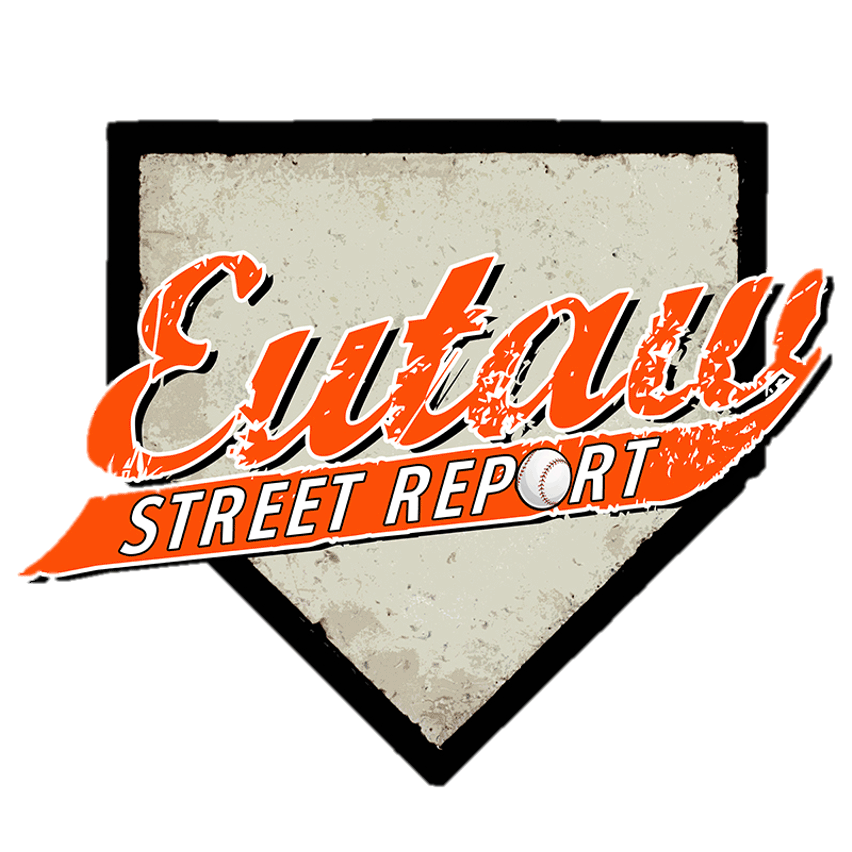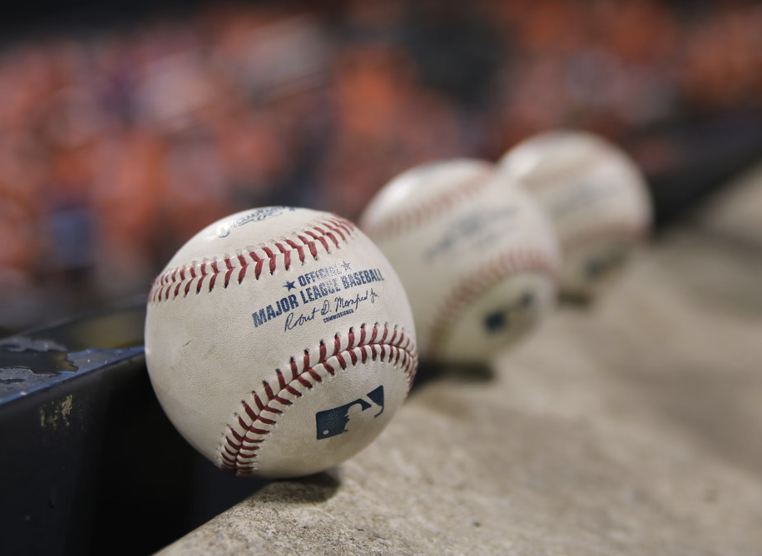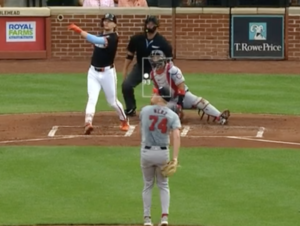Betting on Major League Baseball (MLB) involves two primary options: the moneyline and the run line. While the moneyline is straightforward—picking a team to win outright—the run line introduces a spread, typically set at 1.5 runs. This means the favorite must win by at least two runs, while the underdog can lose by one run or win outright for a successful bet. Understanding when to take the run line instead of the moneyline is key to maximizing value.
The Core Difference: Moneyline vs. Run Line
The moneyline offers a simple choice: pick the team you believe will win. The odds vary depending on the perceived strength of each team. Heavy favorites require a larger wager to yield a meaningful profit, while underdogs provide higher payouts.
The run line, on the other hand, functions like a point spread in other sports. The favorite must cover a 1.5-run spread, meaning they need to win by at least two runs. Conversely, an underdog can lose by one run and still cover. This changes the risk-reward balance, as betting a favorite on the run line provides better odds than the moneyline, but also requires a more decisive MLB victory.
When the Run Line Offers More Value
Betting the run line isn’t always the right move, but in certain situations, it provides better odds and a stronger payout than the moneyline. Knowing when to take this approach can make the difference between a smart wager and unnecessary risk.
1. When a Heavy Favorite Has a Strong Offense
Teams with high-scoring offenses are more likely to win by multiple runs. If a dominant team is facing a weak opponent, the run line often presents a better value than the moneyline. Betting on a heavy favorite’s moneyline at -250 or worse offers little return, but the run line might be available at a more favorable price, such as -120.
2. When Bullpen Strength Matters
Late-game performance often determines whether a team covers the run line or not. A strong bullpen can hold a lead and secure a multi-run victory, while a weak bullpen may allow late runs that shrink the margin. Bettors who rely on general statistics might overlook key bullpen trends, but a detailed MLB team analysis can reveal which teams are prone to late-game collapses.
For example, if an underdog has a history of giving up runs in the seventh inning or later, the favorite’s chances of covering the spread increase significantly. Looking beyond overall records and diving into bullpen ERA, left-on-base percentages, and inherited runners scored can provide an edge when deciding between the moneyline and the run line.
3. When the Underdog Has Weak Pitching
If the underdog has a struggling starting pitcher or an unreliable bullpen, they may have trouble keeping the game close. Strong lineups can exploit these weaknesses, making it more likely that the favorite wins by at least two runs. If a team has a history of allowing multiple runs late in games, the run line becomes a more attractive option.
4. When the Home Team Is an Underdog
Underdogs playing at home tend to perform better than road underdogs, but this also affects the run line in a unique way. If the home underdog wins, they cover the spread. However, if they lose by a single run, the run line bet still cashes. This gives the bettor two ways to win the wager, making it an appealing option when a competitive game is expected.
5. When the Road Team Is a Strong Favorite
Run line bets on road favorites have a key advantage: they are guaranteed nine innings of at-bats. Home teams that lead entering the ninth inning don’t bat in the bottom half, reducing the chance of a multi-run win. Road favorites get a full game’s worth of scoring opportunities, increasing the likelihood of covering the spread.
When the Moneyline Is the Better Play
Sportsbooks offer different odds on moneyline and run line bets, which can vary based on team performance, pitching matchups, and betting trends. While moneyline bets are the most straightforward, sportsbooks like FanDuel often adjust run line odds to reflect scoring potential and game dynamics.
For instance, the FanDuel MLB odds might price a heavy favorite at -250 on the moneyline, making it an expensive wager. However, the same team could be available at -120 on the run line, offering a more favorable return if they win by at least two runs. This makes the run line an appealing choice when backing a strong offensive team or betting against an underdog with weak pitching.
Maximizing Value with Run Line Betting
Run line betting introduces a strategic layer to MLB wagering, offering better odds on favorites and additional protection for competitive underdogs. It’s most valuable when backing strong offensive teams, road favorites, or when the underdog’s pitching is unreliable. However, in close games, moneyline bets remain the smarter play. Understanding team dynamics, pitching matchups, and bullpen performance can help bettors determine when to take the spread over the moneyline, leading to smarter and more profitable wagers.









